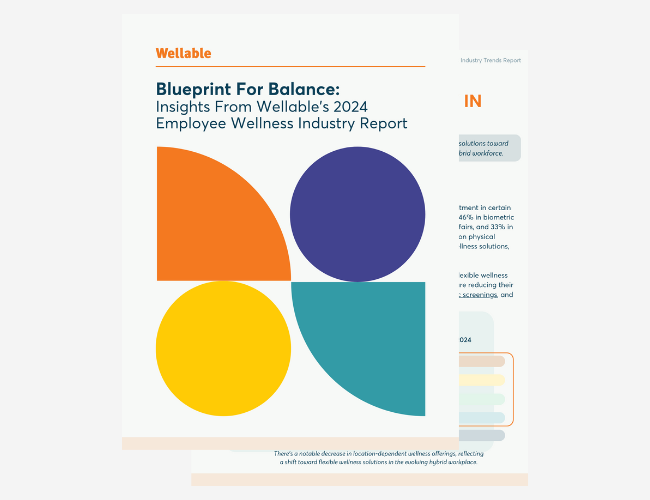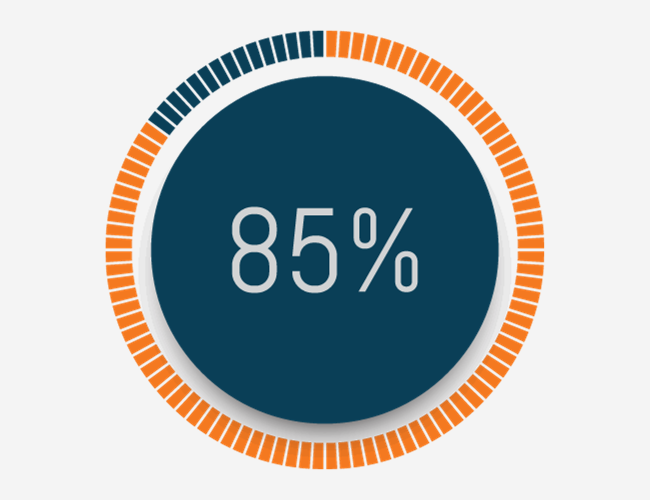A recent study of employees enrolled in an incentive-based wellness program revealed cost savings to both the employees and their employer as well as improvement in other health measurements.
The study followed more than 10,000 employees over a five-year period. The first two years of the study served as a baseline, and the last three years served as the analysis period. Researchers tracked employee health, healthcare claims costs and usage, and employee productivity.
At the end of the study, program participants were more likely to report a higher intake of fruits and vegetables, with the number eating five or more servings per day increasing from 16.6% to 28.3%. Participants reporting more than 150 minutes of exercise per week increased from 36.2% in the baseline period to 61.6% in the analysis period.

Though healthcare claims costs rose across the population over the five-year period, wellness program participants categorized as highly engaged only saw costs increase 7.1%, compared to 12.1% for low engaged participants. Higher engagement also correlated with fewer hospital admissions and emergency room visits.
%20BY%20ENGAGEMENT%20LEVEL.png)
Finally, by the end of the five-year period, highly engaged employees reported 55% fewer unhealthy days than low-engaged ones.
Incentives And Penalties
Participants in the wellness program earned points toward rewards such as gift cards, fitness devices and apparel, and product discounts. The more points participants earned, the higher their status in the program and the more rewards they could earn.
However, as both The New Republic and Associations Now report, employees who did not participate in the program were charged a $25/month fee.
While incentives and gamification can be useful for encouraging participation in wellness programs, charging a fee to non-participants can result in pushback from all employees, as noted in The New Republic opinion piece.
Employers should be cautious about fees charged to non-participating employees (penalties) for a number of reasons:
- Wellness program penalties imply that an employer only cares about reducing costs, not about improving the health of employees. One reason that job seekers find wellness programs appealing is because the benefit communicates genuine care for employee health; a penalty negates that message.
- Healthier employees tend to participate in wellness programs more than employees with health concerns, thereby skewing the results of the program.
- When non-participants pay a fee or penalty to opt out, they actually subsidize the cost of the program, which can skew the financial results. Instead of actual return on investment (ROI) or value on investment (VOI) from improved employee health, the fees will simply offset expenditures for the program.
- Non-participants may perceive that their penalties are actually being used to pay for rewards for participants.
- Employers who use monetary incentives or penalties to encourage participation may face legal or compliance issues under Equal Employment Opportunity Commission (EEOC) rules.
Other Options
Direct financial incentives or rewards aren’t the only way to encourage employee participation in wellness programs; In some cases, they aren’t even the best way.
Consider a few of the following ideas as you look for ways to engage employees in your wellness program:
- Personalize offerings: Some employees don’t participate in wellness programs because they feel the program isn’t relevant to their unique needs. In an era where personalization is expected in most areas of consumption, employees will look for it in their wellness programs as well. Start by surveying employees to find out what they want, and then adjust accordingly.
- Talk about it: One survey found that the second most common reason employees didn’t participate in their company’s wellness program was that they simply weren’t aware of it. Be sure the program is communicated frequently and clearly across multiple media formats.
- Create a culture of wellness: Leaders across the company—not just the human resource team—should actively participate in wellness programs. In addition, companies can actively promote healthy behaviors by reducing unhealthy snacks and meals in kitchens and break rooms, encouraging employees to exercise during the workday, and organizing after hours group activities such as walks, fitness classes, or volunteer events.
- Go holistic: Think beyond health assessments and gym memberships. Today’s wellness programs include financial counseling, company gardens, and even napping rooms.












